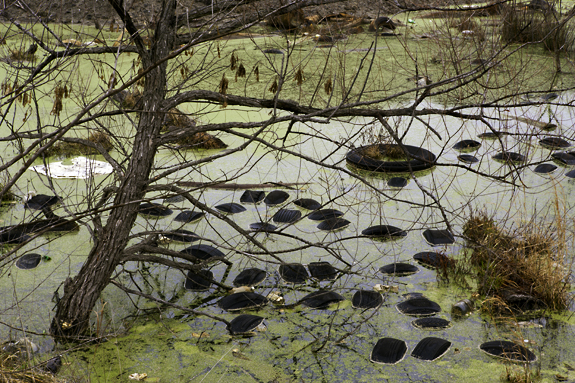
I remember that, soon after arriving in Switzerland, the idea of a country enclosed within Europe, without any direct access to the sea, was intriguing to me. I wanted then to build a catalogue of landscapes evoking this feeling of isolation. So I went photographing places located at the immediate vicinity of the Swiss border.
However, it soon became evident that there was a discrepancy between what I actually photographed and what I initially foresaw. These photographs were not representing isolation. These photographs were possibilities. These photographs were other horizons.
— Damien Sivier, Thonon-Les-Bains, France







